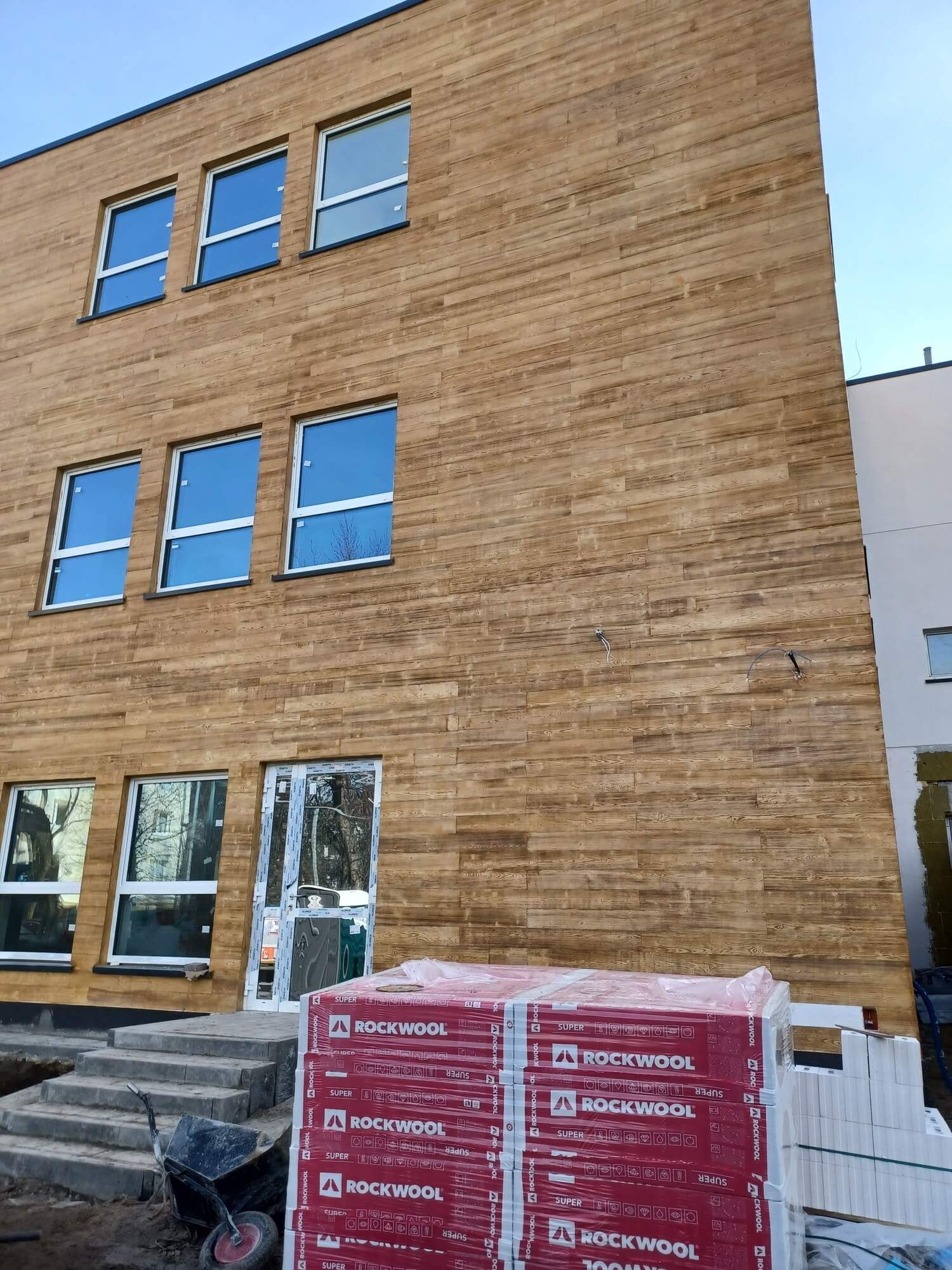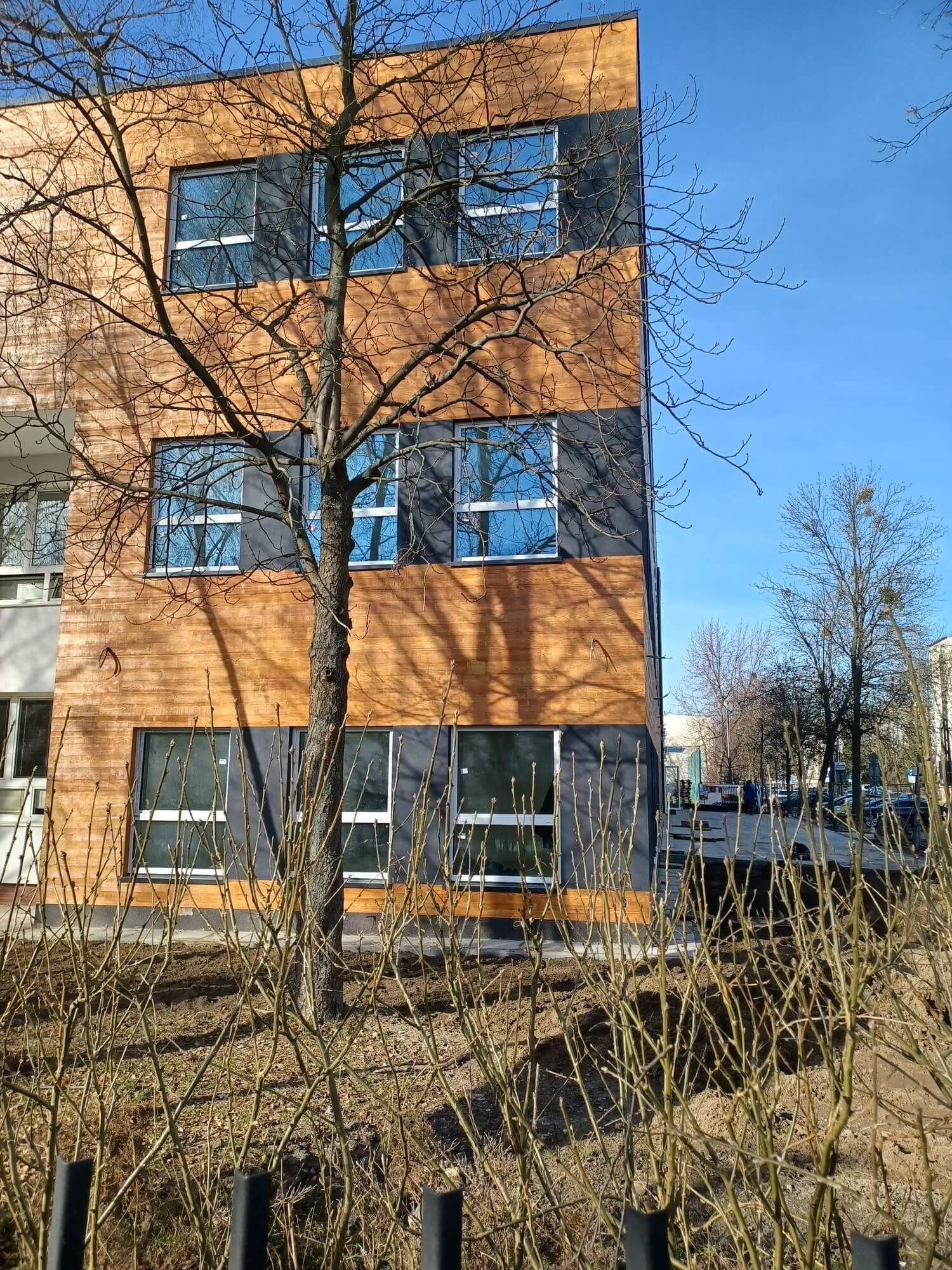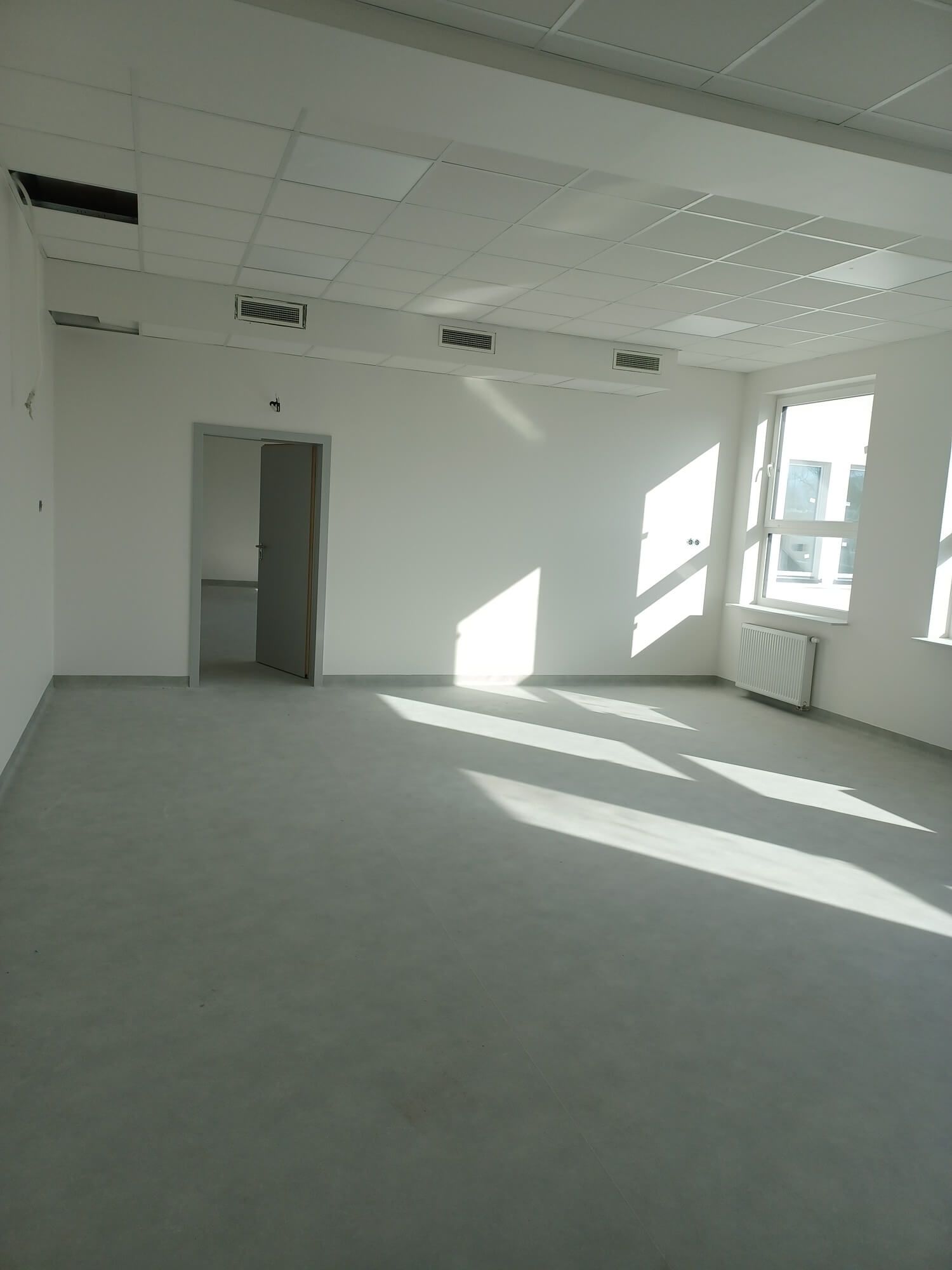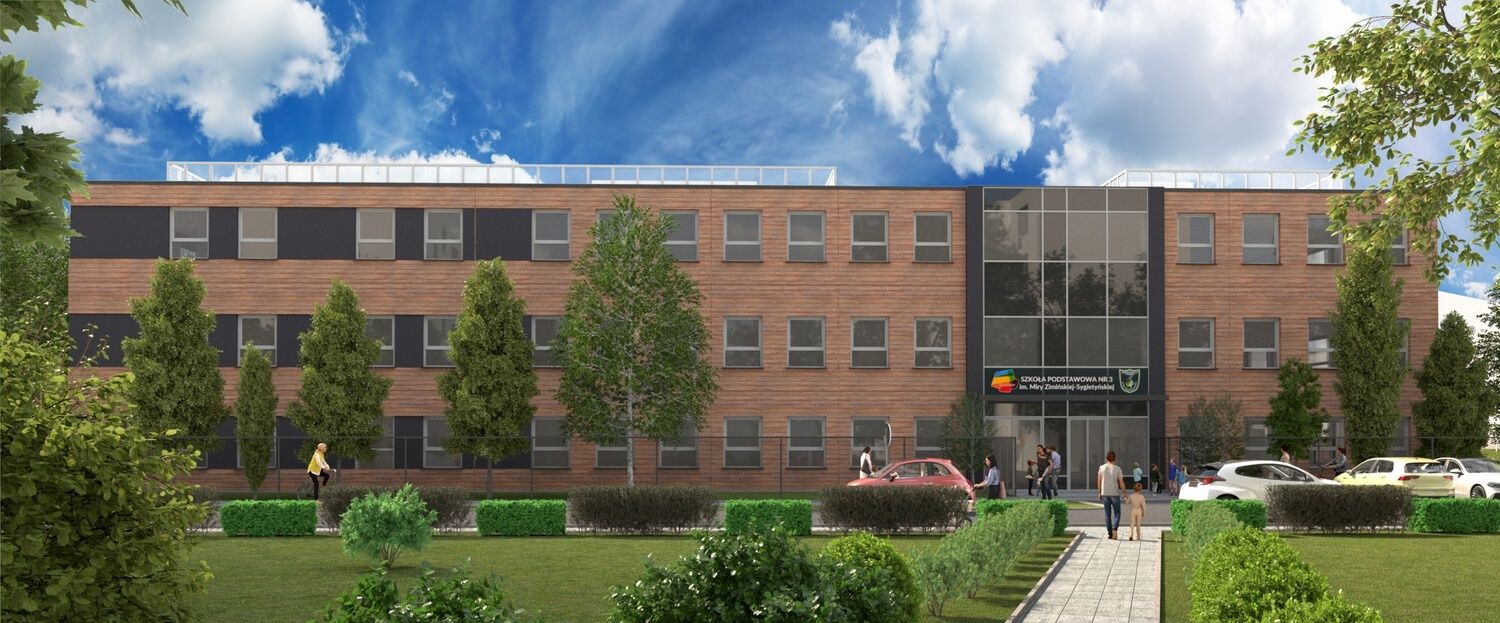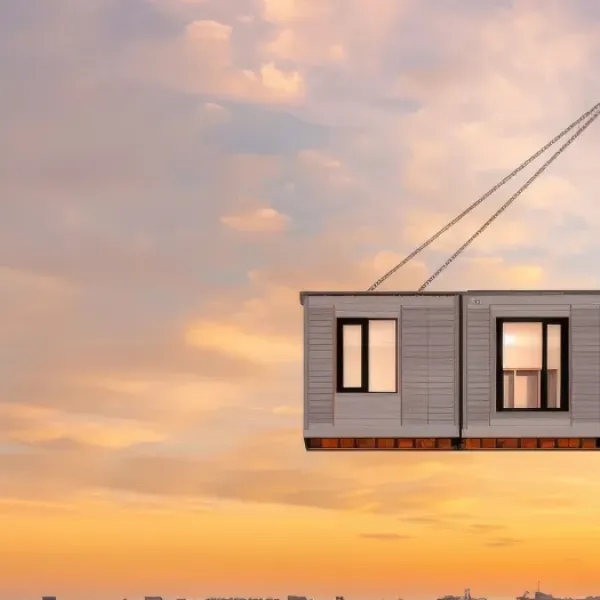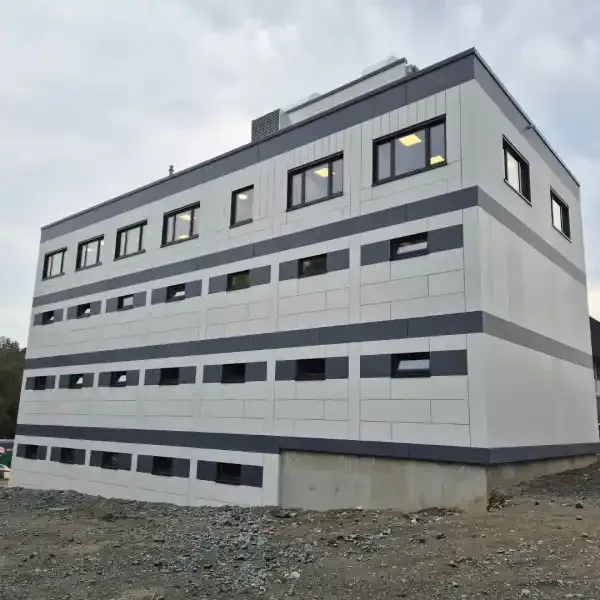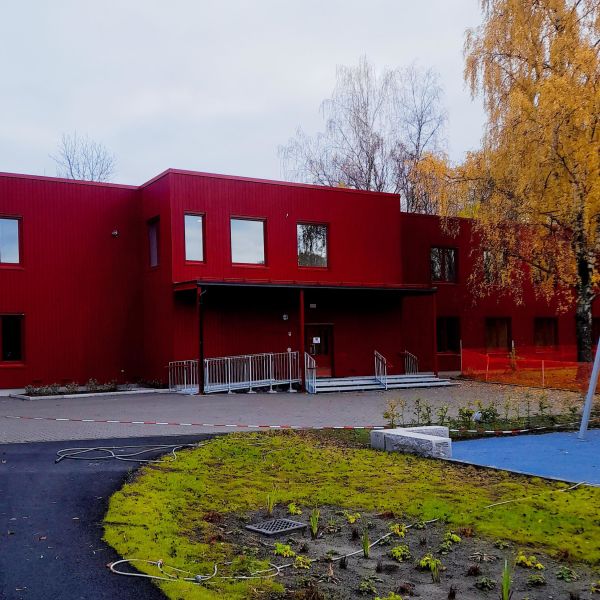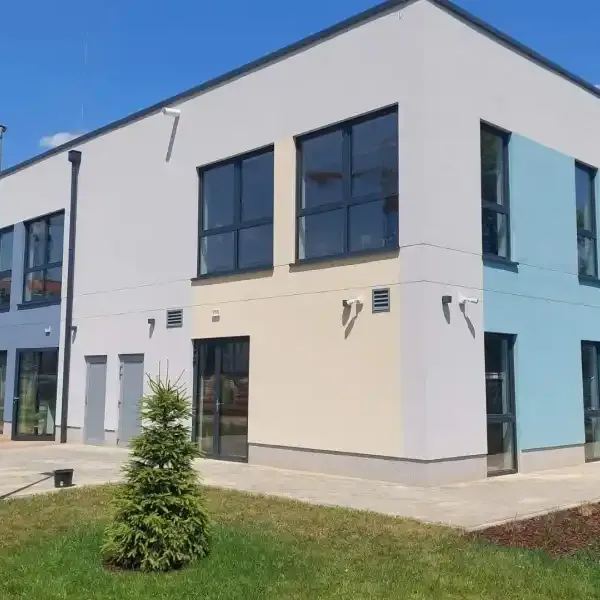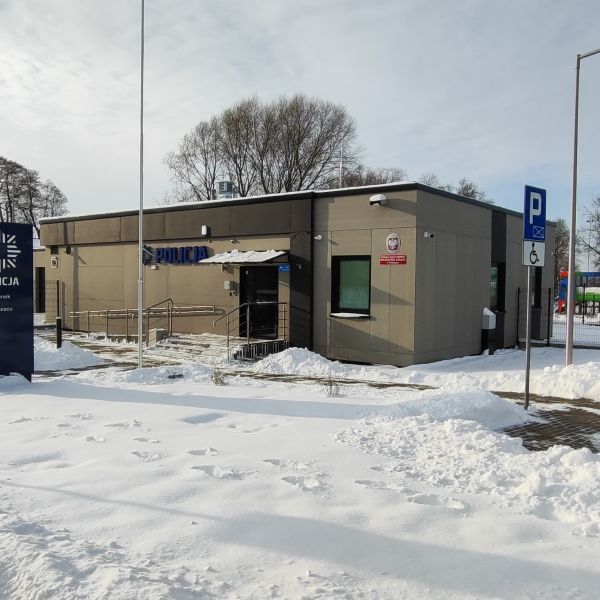Many schools struggle with the same problem - insufficient number of classrooms. As a result, educational institutions are unable to offer students the most advantageous, i.e. single-shift learning mode. How to solve this problem in a short time? Modular construction comes to the rescue. Modular schools are distinguished by a favorable microclimate, high standard, fire safety and low operating costs.
Modular school – how does it differ from a traditional one?
At least a few differences can be identified between a school built using modular and traditional technology. From the perspective of local government units that are obliged to maintain educational institutions, operating costs are key. In this respect, modular schools fare better than brick schools.
The modular school, like the modular kindergarten, is built from ecological materials - Unihouse uses, among others, wood and mineral wool. The use of modern technologies and very good insulation mean that the design of a modular educational facility does not require the installation of a furnace or connection to the central heating network - to ensure thermal comfort for the facility's users, it is enough to install electric heating. The result is low maintenance costs over a lifetime of at least 50 years.
Although there are many differences between modular and traditional schools, they also have one thing in common - they meet global sanitary, acoustic insulation and fire safety standards. This makes learning in educational institutions created from modules comfortable and safe. An additional advantage is the favorable, health-promoting microclimate in the modular school - this is the result of the technology and ecological materials used by Unihouse.
